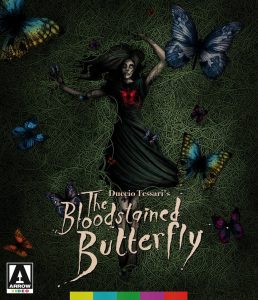 There’s little danger of running out of giallo film for release in this country such was the huge proliferation of them to flood Italy after the massive success of Dario Argento’s directorial full length feature The Bird With The Crystal Plumage (1970). Although the most popular and well known have come out on one format or the other, there are still many that remain obscure yet to get a debut here. Such is the case with Duccio Tessari’s 1971 giallo The Bloodstained Butterfly. This one skipped the video age completely and unless picked up on DVD on import it’s unlikely you will have caught it in the comfort of your own home before. Here it gets its uncut Blu-Ray debut via Arrow in both the UK and USA.
There’s little danger of running out of giallo film for release in this country such was the huge proliferation of them to flood Italy after the massive success of Dario Argento’s directorial full length feature The Bird With The Crystal Plumage (1970). Although the most popular and well known have come out on one format or the other, there are still many that remain obscure yet to get a debut here. Such is the case with Duccio Tessari’s 1971 giallo The Bloodstained Butterfly. This one skipped the video age completely and unless picked up on DVD on import it’s unlikely you will have caught it in the comfort of your own home before. Here it gets its uncut Blu-Ray debut via Arrow in both the UK and USA.
Although quite prolific around this era before going on to make more in the way of TV films later, director Duccio Tessari is not particularly that well known for giallo film and much of what he has done is equally obscure in the UK. The only film I particularly recognise from his output are Western A Pistol For Ringo (1965) and the likes of heist movie The Bastard (1969) with its stellar cast and Isaac Hayes blaxploitation debut Tough Guys (1974) surely must be worthy of revaluation. Perhaps not though and maybe there is a reason it has taken so long for ‘Una farfalla con le ali insanguinate’ to reach the UK. I had never seen it before making it all the more intriguing.
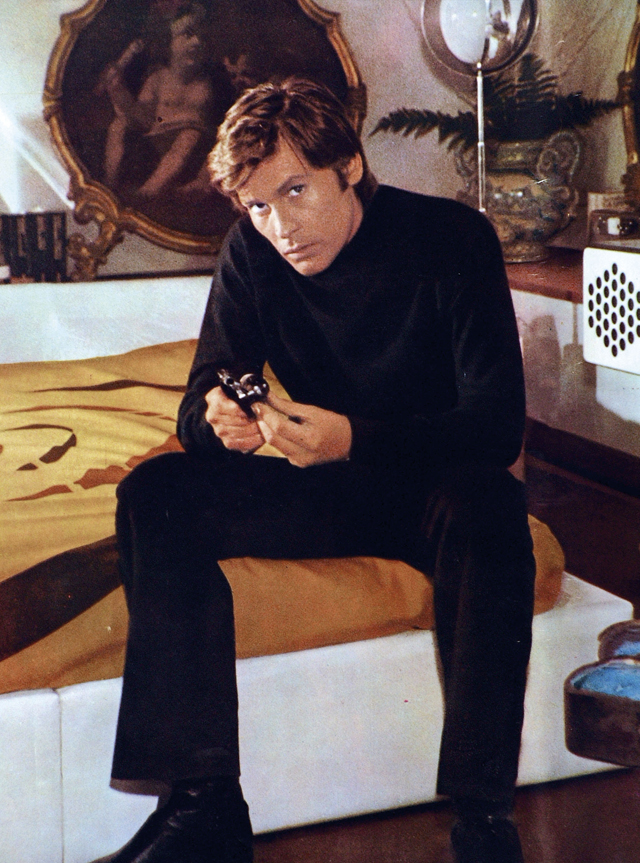
Tchaikovsky piano concerto number 1 blares out over the opening credits where various members of the cast are introduced to us visually and in written form. We move into Gianni Ferrio’s more contemporary soundtrack and the action starts in a park in Italy where a rainstorm is taking place and a couple of kids are playing hide and seek in bright yellow mackintoshes. Suddenly a girl’s body tumbles down a hill and shortly after numerous witnesses see a guy in a beige coat fleeing suspiciously from the scene. After the police get on the case, it is not long before the suspect TV anchor Marchi (Giancarlo Sbragia) is fingered for the crime and taken to court with overwhelming evidence against him. It is here that things turn into a melodramatic courtroom play-out taking up a fair chunk of the film and for many meaning that the normal cut and thrust of giallo conventions is kind of lost in the process. As things proceed there is further evidence in Marchi’s defence that could allow him to prove his innocence but he seems reluctant to do so and is sentenced to life. Shortly after some identical killings take place with similar switchblade knives to that used in the first murder in the same location and things naturally get turned on their head. Is Marchi innocent and what exactly is going on?
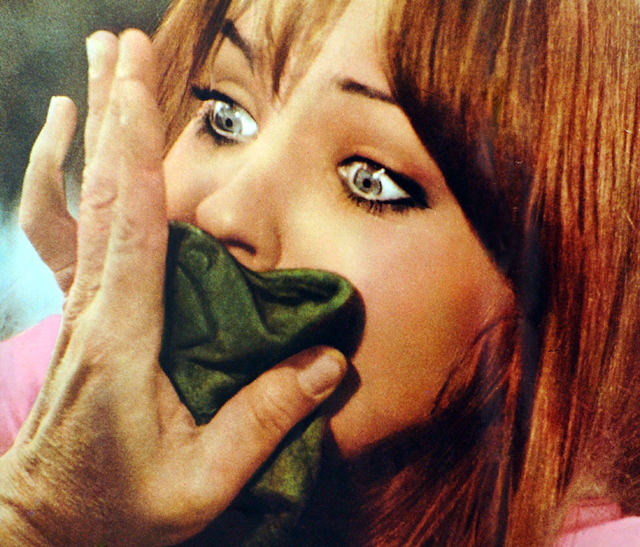
Although the storyline is compelling enough here the film has little in the way of real action, there is a large emphasis on both police procedure and the court process which might not be to the liking of many looking for a more driven giallo. One thing that is quite noticeable is that the police led by Inspector Berardi (Silvano Tranquilli of Black Belly Of The Tarantula another giallo crying out for hi-def release) are not out of their depth and bumbling around and seem to have nailed things from the off. Tessari also takes a very restrained approach and does not go for the excesses and gratuity that made so many of these films so popular and had directors trying to outdo each other with grizzly murder set ups. Indeed most of the killings are off screen and there is very little in the way of blood or nudity which unsurprisingly led to this being granted a 15 certificate by the BBFC. The cast including veteran actor Helmut Berger are convincing enough and allow the viewer to get wrapped up in the storyline although as with most giallo they are all pretty unlikeable characters and you won’t find yourself having much sympathy for them. The real star though is the gorgeous setting of Bergamo in Lombardy Italy and the sprawl of thinly cobbled streets, striking buildings and the lovely park itself. I think that this one may divide audiences with some finding it all a bit of a plodder and others finding it filled with a sense of slow-burning style bordering on genius. I find myself somewhere in the middle of the two but as with many films of its style appreciate that a first viewing is always tough and it is a film to reflect on and put aside and come back to for repeated viewing at a later date.
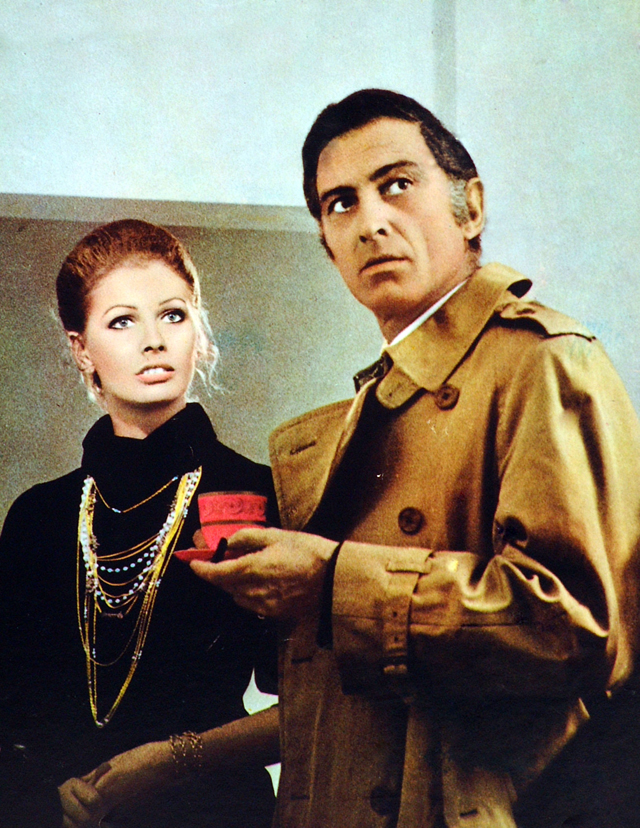
Arrow have a done a great job here with the extras and there is plenty to keep you occupied after the film itself. It’s probably best making a coffee before doing so and unlike a running gag in the film try and make a perfect cup. First up is Murder in B-Flat Minor, a new visual essay on the film, its cast and crew by author Troy Howarth (27 minutes). After plugging his books the American thankfully decides to skip telling us what giallo conventions are but tells us about all the others that came out in the same year and informs that 71 was the only year that Bava, Fulci and Argento all released their own gialli. Always informative and interesting the oeuvre of director Tessari is explored and other films such as giallo / Poliziotteschi hybrid Death Occurred Last Night (1970) go straight on my must see list. As far as the film in question is concerned it’s always good to note that he picks up on many of the points I stated in the review before watching this. He also does a great job drawing up a family tree of crew and cast, tying in all the other films in the medium they worked on together. Next we have a very in depth interview with star of this and around 60 other films Ida Galli aka Evelyn Stewart. Despite a running time not long off an hour the star who started out in Fellini’s La Dolce Vita (1960) has plenty of films to her name of interest to genre enthusiasts among them Bava’s The whip And The Body (1963), Guerrieri’s The Sweet Body Of Deborah (1968), Martino’s The Case Of The Scorpions Tail (1971) Dallamano’s The Night Child (1975) and Fulci’s The Psychic (1977). Naturally there’s a wealth of information and anecdotes as she charts her 30 year plus career. The director passed away in 1994 but we have a brief look back at his life courtesy of his actress wife Lorella De Luca who is also no longer with us. One character larger than life himself who is still very much present is Helmut Berger and the final featurette is a chat with him talking about his part here as well as in other films such as Tinto Brass’ controversial Salon Kitty (1976) and Jesus Franco’s Faceless (1987). Combined with trailers, gallery, audio commentary with Alan Jones and Kim Newman, you really do have an extensive package here. It also has to be said that Matthew Griffin’s new artwork is one of the most striking yet from Arrow.
If you want a really good giallo double bill watch it with Antonio Bido’s The Bloodstained Shadow (1978) another classic slice of Italian mystery and imagination.
(Pete Woods)
http://www.arrowfilms.co.uk/shop/index.php?route=product/product&product_id=819
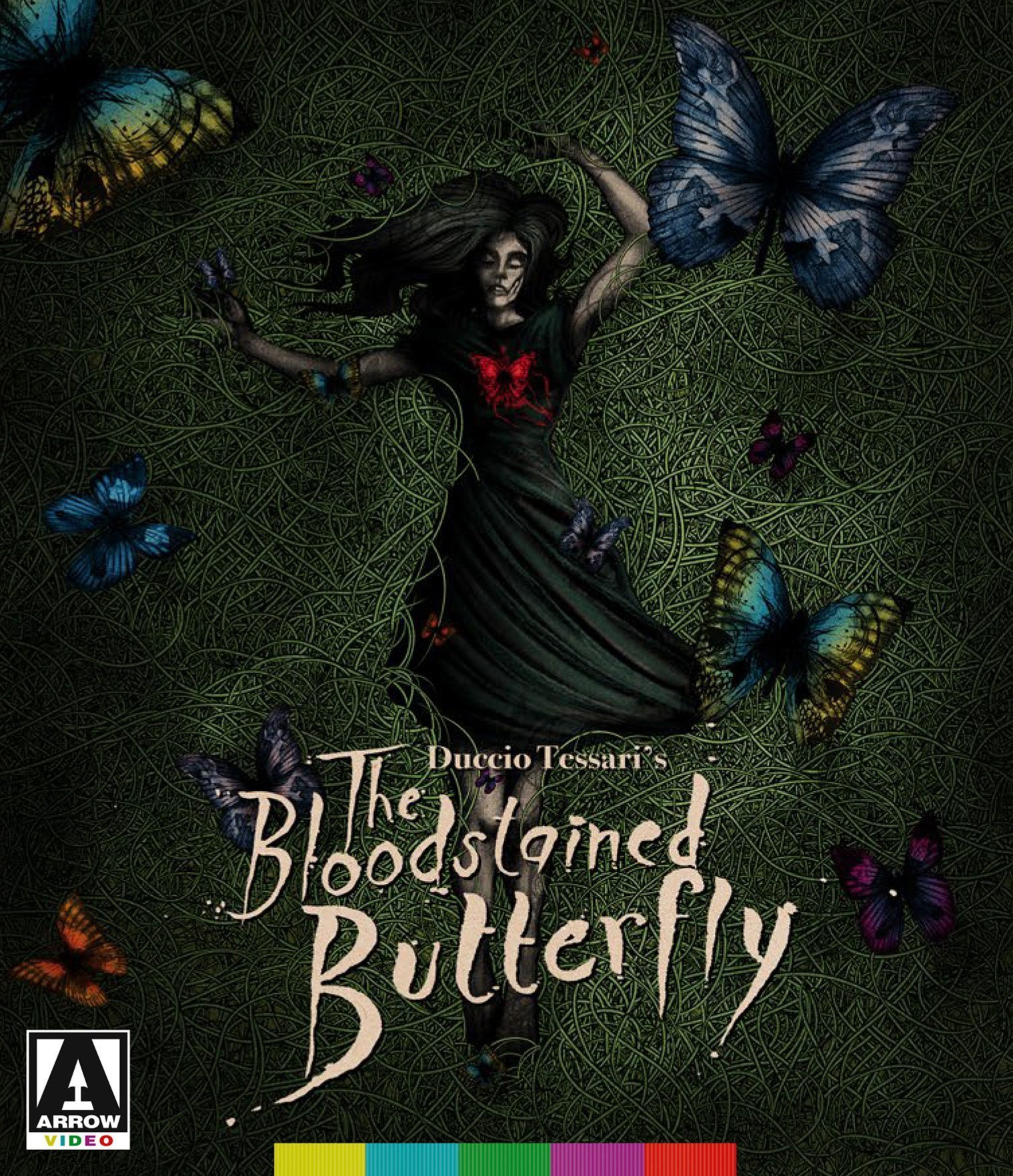
Leave a Reply